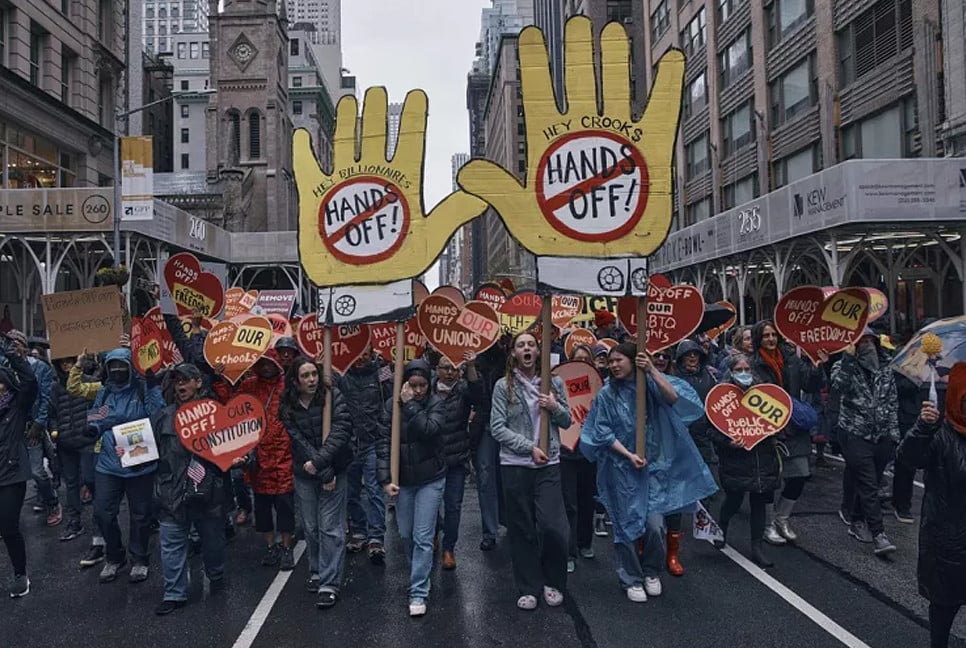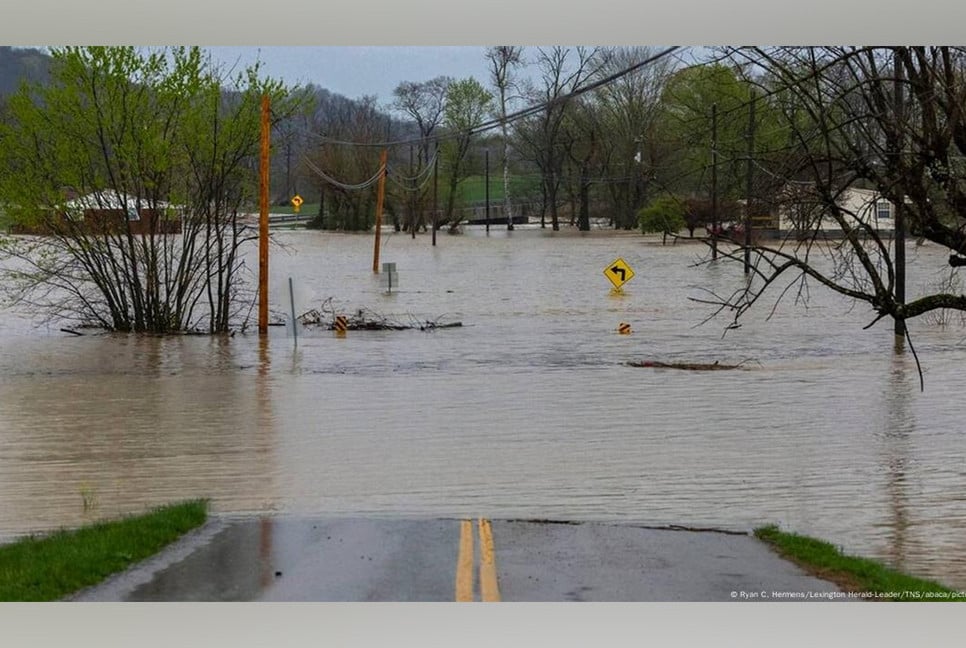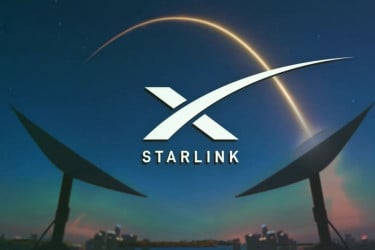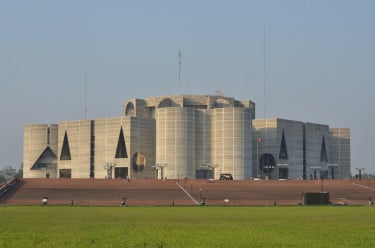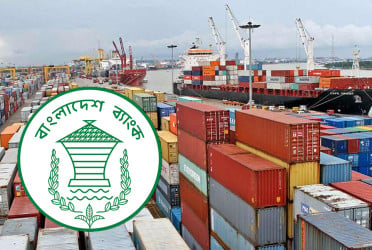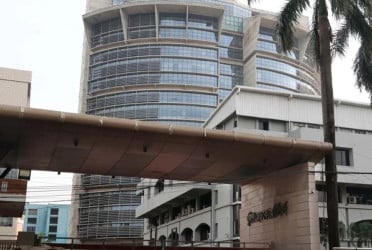The world faces numerous significant challenges as we move into 2025, but the US economy is not one of them.
Driven by sustained consumer spending, the US has experienced a remarkable economic recovery from the pandemic downturn, which carried on into 2024.
Economic growth has consistently surpassed expectations, overcoming high interest rates and persistent inflation.
Financial markets thrived, and while hiring slowed, layoffs remained relatively minimal. As 2025 begins, there are many reasons to be hopeful about the economy, especially with the upcoming transition to a new administration under Donald Trump.
“The US economy, as it’s done for many years, continues to chug along at a very steady pace,” said David Kelly, chief global strategist at JPMorgan Asset Management.
No apparent recession
Remember those 2022 predictions of an almost-certain recession? Thankfully, that recession has yet to arrive.
The Federal Reserve’s war on inflation slowed economic growth, but not by nearly as much as feared. Markets buckled, but did not break.
And although cracks emerged in the job market, the unemployment rate remains relatively low.
Unlike at this point in 2021 and 2022, forecasters examining the fundamentals of the US economy don’t see the obvious ingredients for a recession.
However, Kelly said there are external risks looming, including a potentially disastrous trade war.
Covert gas prices
Energy prices always have the potential to cause a recession. Gasoline’s unprecedented spike above $5 a gallon in mid-2022 posed a clear and present danger to the US economy.
Thankfully, oil prices are far lower today. Fears of supply disruptions in the Middle East or in Russia have yet to materialize. If anything, supply has surprised to the upside, with the United States pumping more oil than any nation in world history.
GasBuddy is projecting an annual average gas price of $3.22 a gallon for 2025, marking the third straight year of falling prices at the pump.
Muted gas prices should help bolster consumer confidence and keep inflation statistics lower than otherwise.
Price hike slowed, wages increased
Many Americans are frustrated that they are paying a lot more at the grocery store, on car insurance and on rent than before Covid.
Although the level of prices is likely not returning to 2019 levels, price increases have slowed substantially.
Not only that, but paychecks are consistently growing faster than prices.
That means Americans are earning real wage increases that, if continued, should help them catch up to the higher level of prices and feel better about the cost of living.
More Fed rate cuts
To fight inflation, the Fed spiked rates to multi-decade highs at a pace unseen since the 1980s. That war on inflation pushed up borrowing costs on mortgages, car loans, credit cards, car loans and small business loans.
Now that inflation has cooled, the Fed has been able to cut interest rates in three consecutive meetings.
There remains considerable uncertainty over how many more rate cuts are on the way in 2025, if any. And borrowing costs on mortgages have failed to come down.
Pro-business policies
Trump has tapped Elon Musk to co-lead a new Department of Government Efficiency, an advisory board designed to cut wasteful spending and excessive regulations.
Hubbard sounded hopeful about efforts to clarify confusing financial regulation and to speed up a permitting process that has slowed building in America.
Tariffs, deportations and Fed fights
Of course, there are always risks that could darken the economic picture quickly, such as a potential port strike in mid-January.
Trump’s trade agenda continues to alarm many mainstream economists, who fear it will be inflationary and depress business investment.
“Tariffs are bad for the economy. I am worried about that,” said Stephanie Roth, chief economist at Wolfe Research.
However, Roth is assuming Trump won’t impose all the tariffs he has proposed, and that the tariffs that will get imposed won’t arrive until late 2025.
On the other hand, if Trump were to enact all of his proposed tariffs, Roth said economic growth would likely get slashed in half to just 1 percent in 2025 — and that doesn’t even account for the damage done by retaliatory tariffs.
“At that point, recession risks become quite real,” she said.
There’s also a danger that Trump’s promise to carry out mass deportations starves key industries of workers, driving up wages and prices.
Investors are likewise on high alert for a potential battle between Trump and Powell, his handpicked Fed chair.
“Anything aimed at Fed independence could really hurt market sentiment and become self-fulfilling,” Wolfe said.
Wild cards
Another emerging risk is a severe storm in financial markets, which were on fire much of 2024 but ended the year on a weak note.
Concerns have been rising over how expensive pockets of the market have become — especially Big Tech — and how concentrated the gains have become among the Magnificent Seven.
A steep market correction, or even a bear market, could damage consumer and business confidence, weighing on the real economy.
And then there are the wild cards — like cyberattacks, pandemics and natural disasters that are far harder to plan for.
“The lessons of the 21st century are ‘Don’t worry about the stuff you’re expecting,’” JPMorgan’s Kelly said, “’Worry about the stuff you don’t expect.’”
Source: CNN
Bd-pratidin English/Fariha Nowshin Chinika







